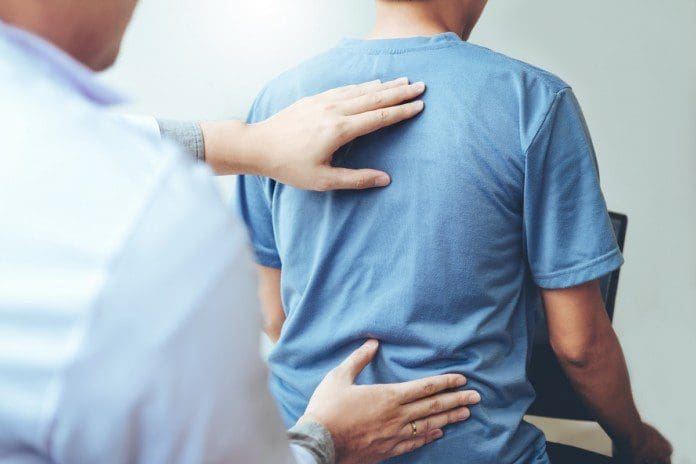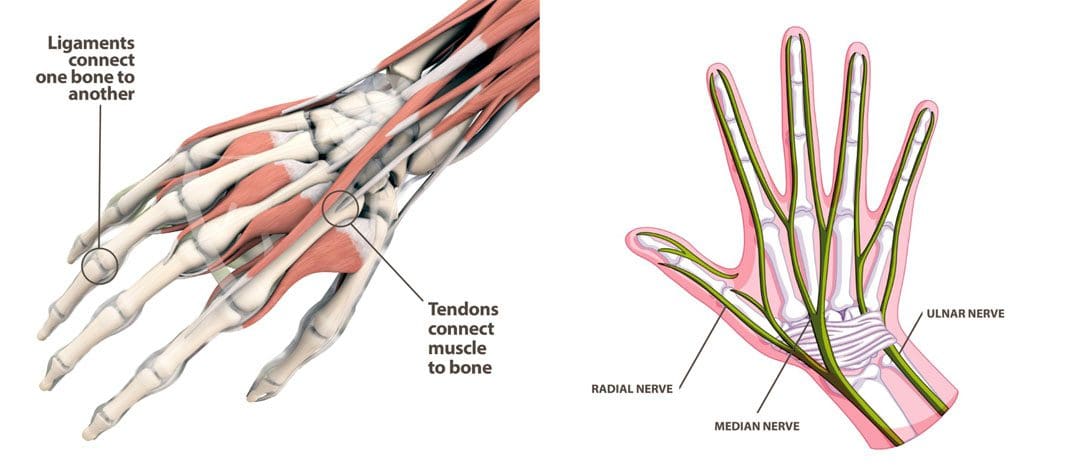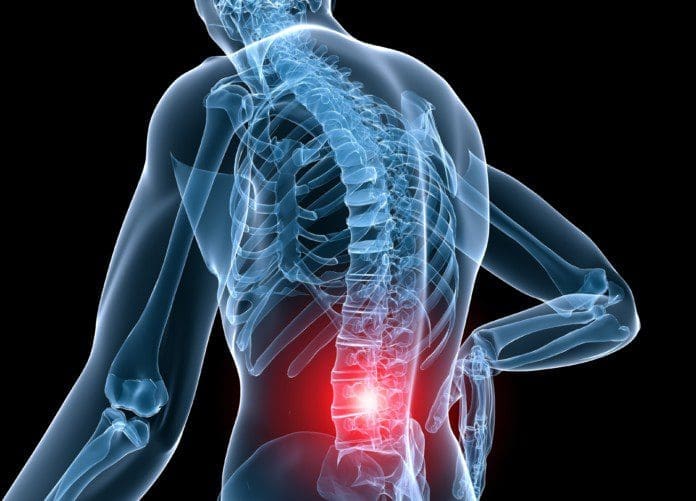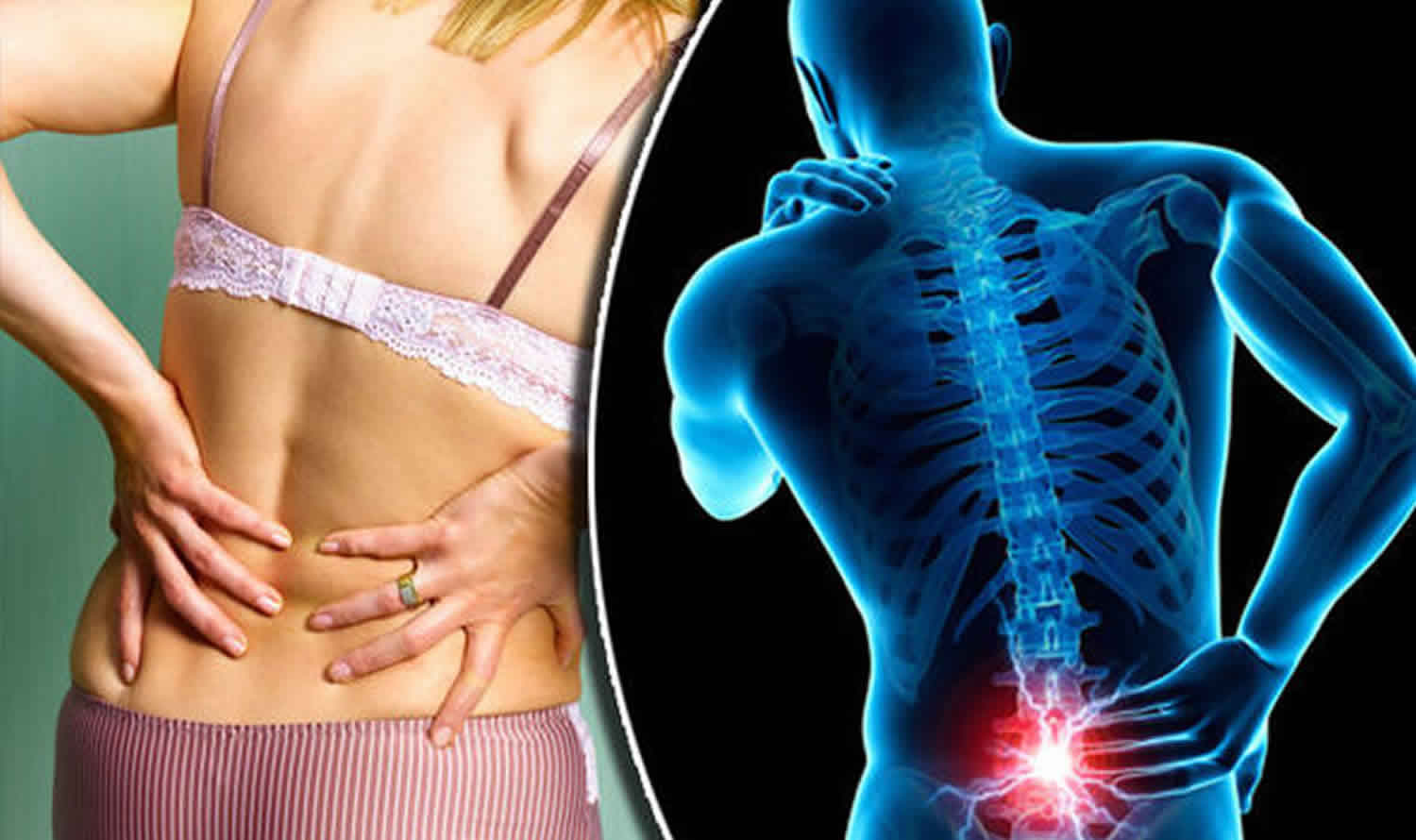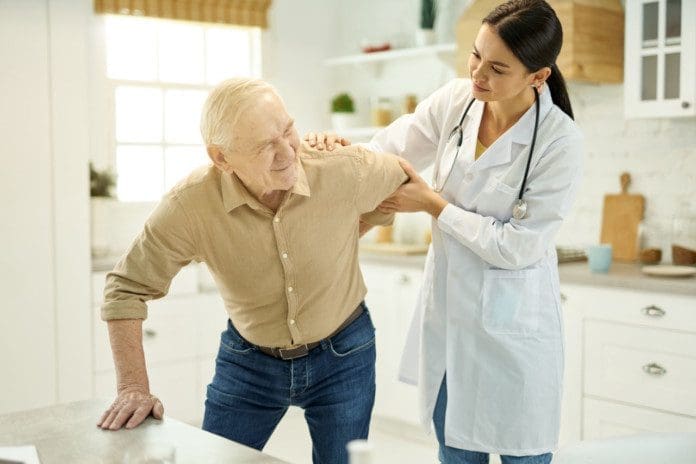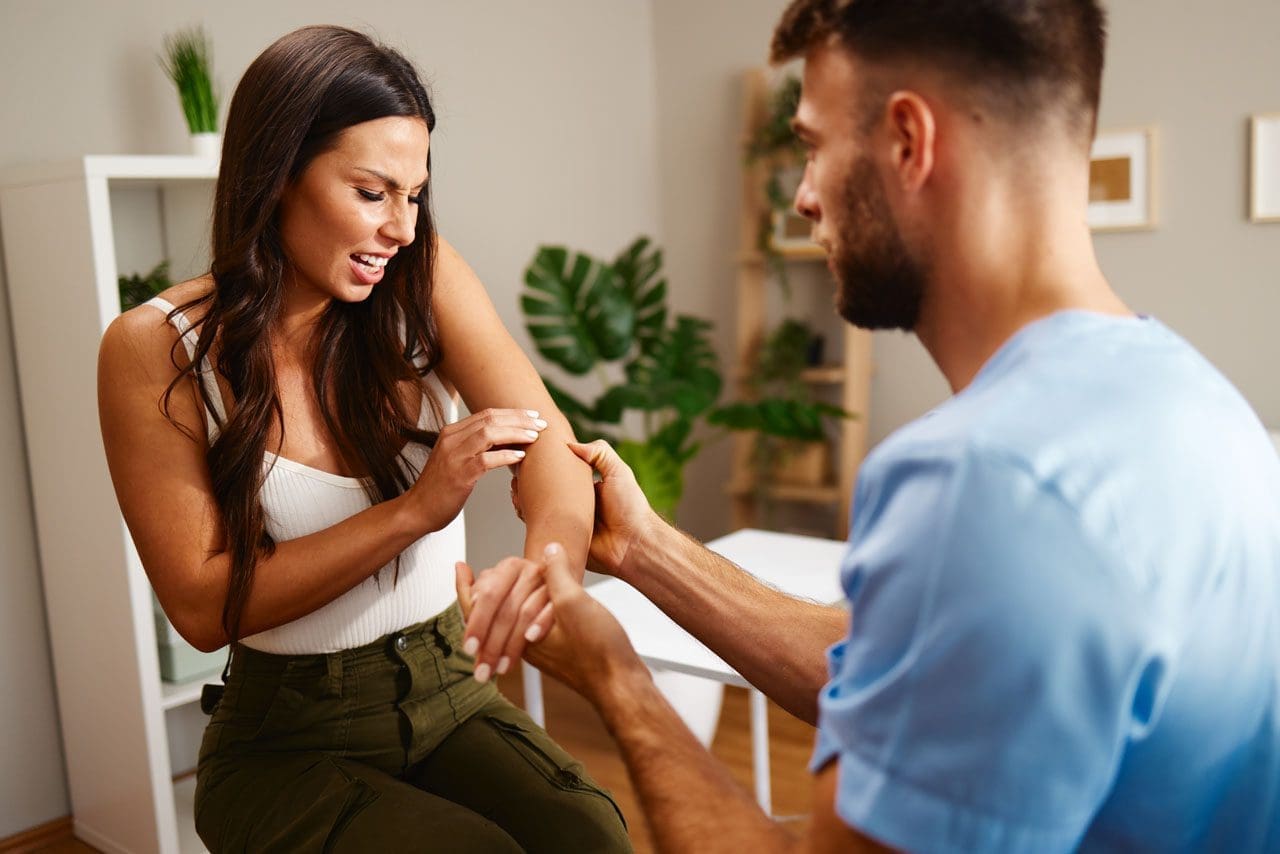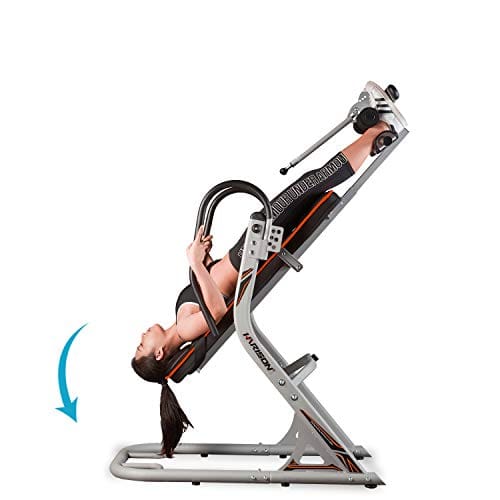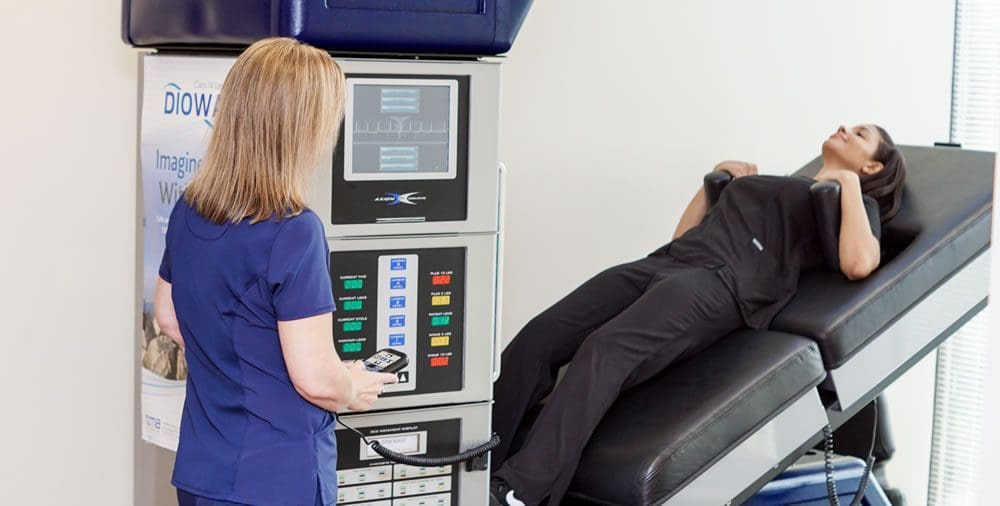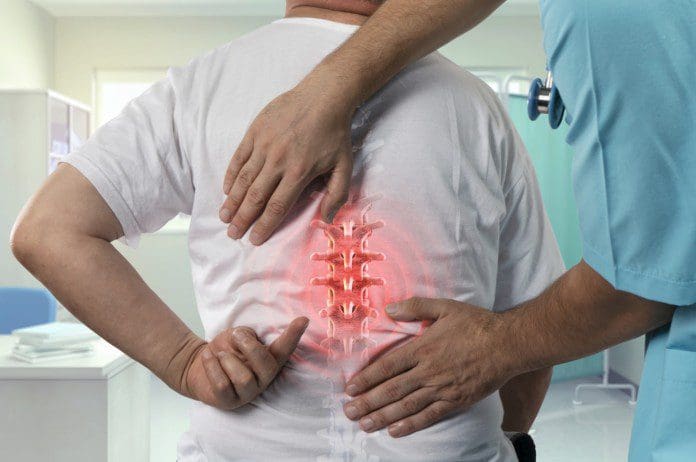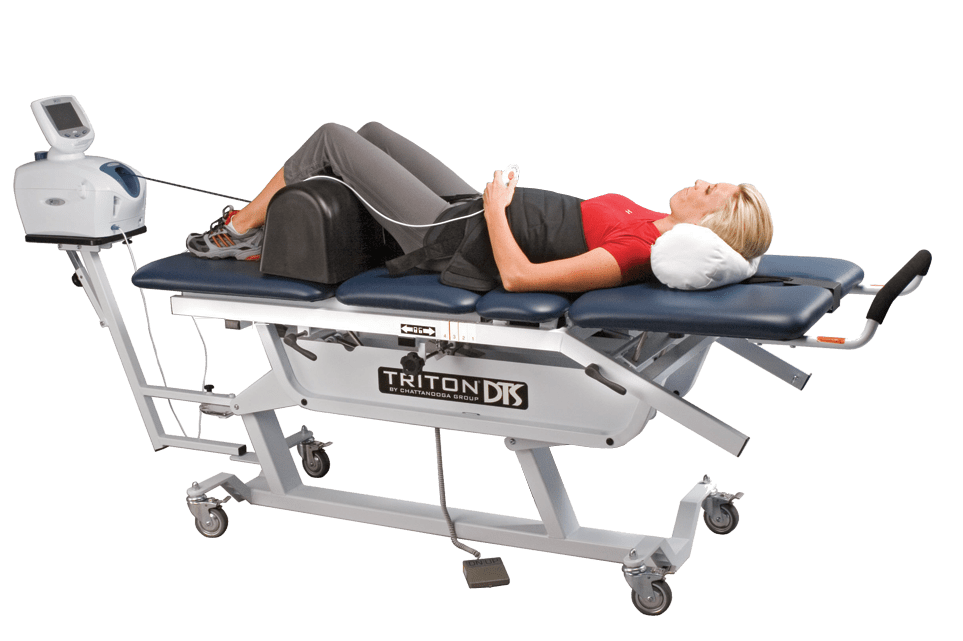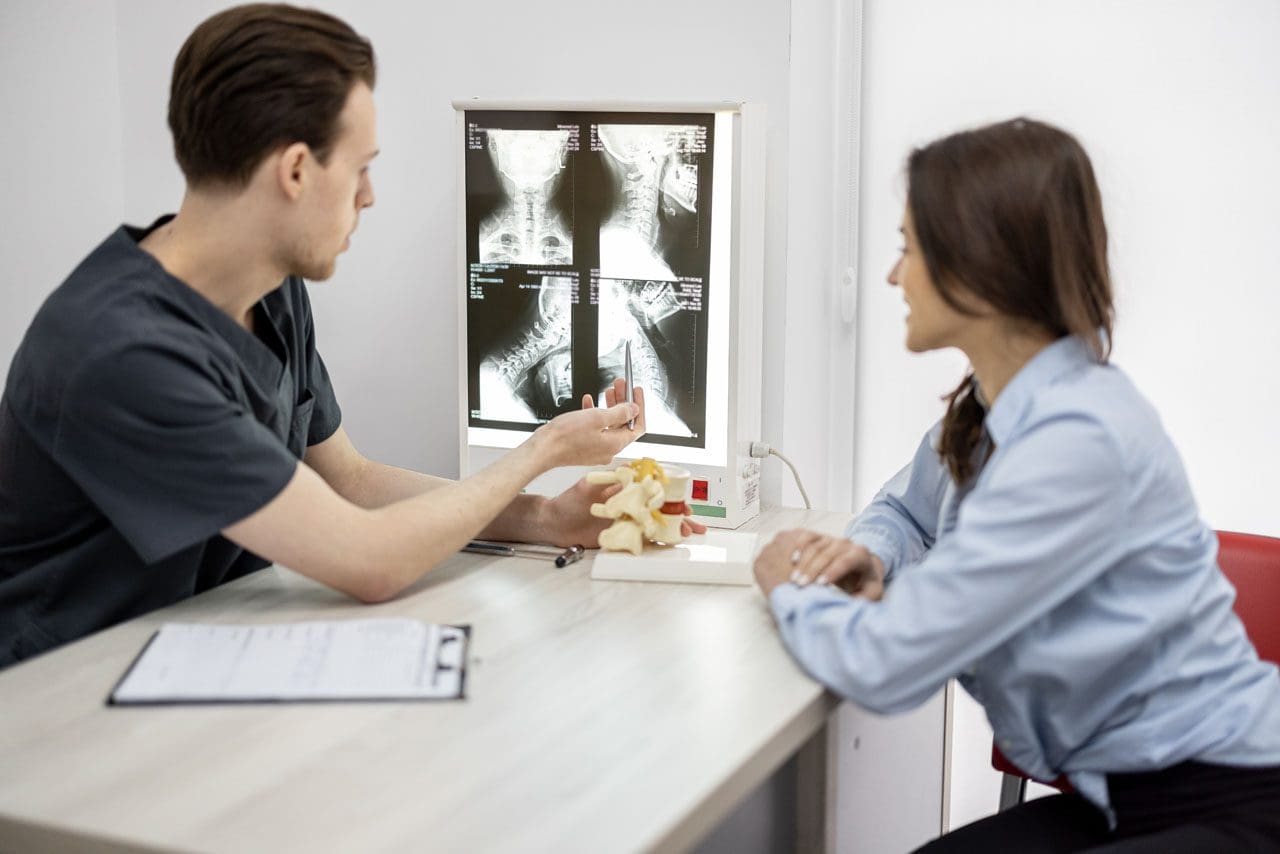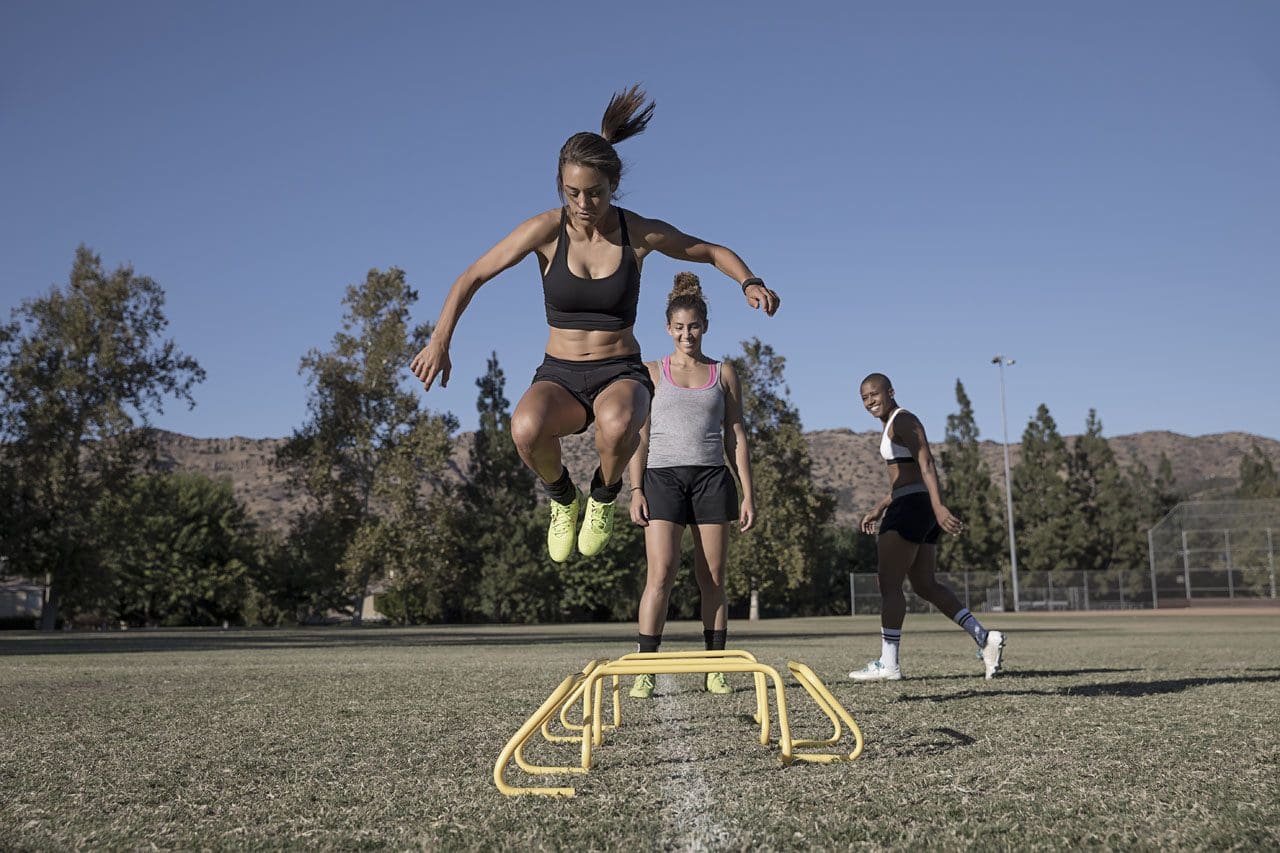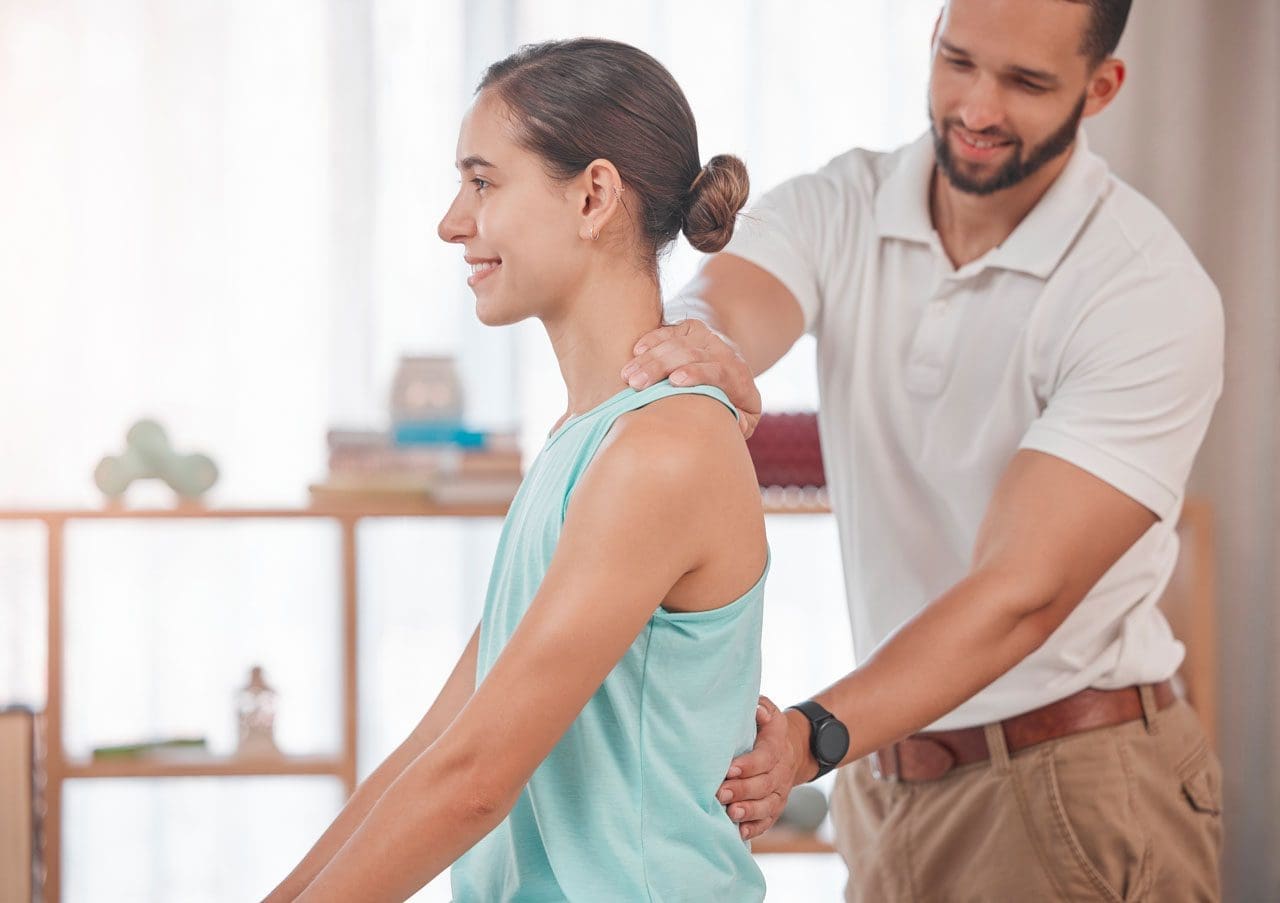How does decompression alleviate sciatic nerve pain in many working individuals with lumbar disc degeneration?
Table of Contents
Introduction
The discs between the spinal vertebrae act as a cushion when pressure is added to the body. These discs get compressed when the body is in motion. Our bodies and spines also age as we age, which causes the spinal intervertebral disc to degenerate over time. The outer part of the spinal disc may crack under pressure, causing the inner part to protrude and irritate the spinal nerve roots. This can cause sciatic nerve pain, which may result in radiating pain in the legs, buttocks, and lower back. This can cause mobility issues and disability, making it difficult for working individuals to perform their jobs. Non-surgical treatments, such as safe and gentle traction, can help alleviate sciatic nerve pain by reducing pressure on the spine and maintaining disc height. By slowing down the progression of lumbar disc degeneration, individuals can reduce the frequency of visits to their primary care doctors and avoid disability. Today’s article provides an overview of lumbar disc degeneration, its association with sciatic nerve pain, and the benefits of decompression in restoring disc height and reducing pain. As we work with certified medical providers who use our patients’ information to treat individuals experiencing sciatic nerve pain associated with lumbar disc degeneration. We inform them that non-surgical treatments like decompression can help reduce the progression of lumbar disc degeneration and reduce sciatic nerve pain. At the same time, we also explain to them how adding decompression to their routine can alleviate the pain-like symptoms. We encourage our patients to ask essential questions while seeking education from our associated medical providers about their situation. Dr. Alex Jimenez, D.C., provides this information as an educational service. Disclaimer
Lumbar Disc Degeneration Overview
Have you begun to notice how your legs, buttocks, and feet are constantly experiencing tingling sensations that it makes it difficult to do everyday actions? Do you feel excruciating pain in your legs while standing, only to find relief from resting? Or do you notice that you are getting aches and muscle strains from normal motion like bending, twisting, and turning after waking up in the morning? Many individuals, especially older working adults, are experiencing these issues due to lumbar disc degeneration. Now lumbar disc degeneration usually occurs naturally as the body ages, which then causes the intervertebral disc to wear and tear constantly under pressure, then cracks and causes the disc to herniate. Since the intervertebral disc provides structural support and shock absorption against mechanical loads to the lumbar region, when normal or traumatic factors cause changes, it can cause dysfunction and instability in the lumbar spine. (Mohd Isa et al., 2022)
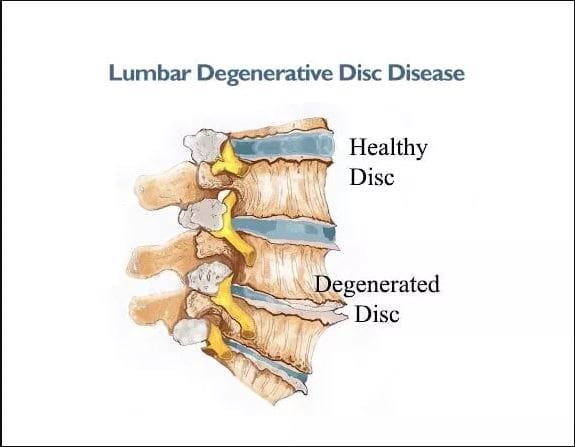
When the intervertebral discs begin to crack under pressure, it can cause pain-like symptoms affecting the upper and lower extremities. Additionally, lumbar disc degeneration can cause spinal flexibility to decrease and reduce the spine’s ROM (range of motion), which causes more stress on the surrounding muscles, ligaments, and tissues. Lumbar disc degeneration can cascade events from disc bulging to nerve root irritation. (Liyew, 2020) This means that when there are advanced degenerative changes to the lumbar facet joints and the surrounding soft tissues, it can cause the spinal canal to narrow and compress the adjacent nerve root. To that point, it can lead to reduce disc height and lead to sciatic nerve pain.
Lumbar Disc Degeneration Associated With Sciatica
Now how would lumbar disc degeneration be associated with sciatic nerve pain? When the intervertebral disc is being compressed under unwanted pressure, it can crack over time and herniate out of its original position, which then can press on the nerve root causing radiating pain to travel to the affected muscle area. Since the sciatic nerve is positioned in the lumbosacral region, it runs from the top of the gluteus muscles and down to the back of the hamstrings and calves. When unwanted pressure causes the intervertebral disc to herniate and start to affect the sciatic nerve, it causes a frequent symptom known as lumbar sciatica, where the herniated disc is compressing the sciatic nerve. (Zitouna et al., 2019) To that point, it can cause radiating, shooting pain down to the leg, making it difficult for individuals with demanding jobs to find relief. Since the lumbar intervertebral discs have a corresponding relationship with the central nervous system, the nerve roots that surround the spinal discs help with providing neuron signals to the adjacent muscles, which allows the arms, hands, legs, and feet to move. (Bogduk, Tynan, & Wilson, 1981) However, when the intervertebral discs are herniated, it can disrupt the neuron signaling to the muscles and cause referred pain to the lower or upper extremities. When this happens, many individuals opt to seek treatment.
Sciatica Secrets Revealed- Video

Many individuals dealing with sciatic nerve pain associated with lumbar disc degeneration will often find temporary relief to continue their work despite constant pain. This is due to the unwanted pressure that is causing an overload on the spinal disc to cause them to degenerate and invoke pain in the lower regions. At the same time, age and degenerative structural changes have a close relationship that can cause a greater effect on stress distribution to the lower back. (Adams, McNally, & Dolan, 1996) This leads to overlapping risk profiles contributing to sciatic nerve pain associated with lumbar disc degeneration due to normal and traumatic factors. However, many individuals don’t have to suffer from pain-like symptoms related to lumbar disc degeneration as there are numerous treatments to restore disc height and reduce sciatic nerve pain. Non-surgical treatments are great for many individuals looking for cost-efficiency and can be personalized to the person’s pain. (Louis-Sidney et al., 2022) Non-surgical treatments like chiropractic care, massage and physical therapy, and spinal decompression can help many individuals with lumbar disc degeneration associated with sciatic nerve pain. These treatments incorporate mechanical and manual manipulation of the spine to realign the body out of subluxation while incorporating various techniques to stretch out the soft tissues and muscles to strengthen their length and reduce nerve entrapment. The video above explains a bit more about how these treatments can restore mobility to the body, reduce inflammation, and relieve muscle tension caused by lumbar disc degeneration associated with sciatic nerve pain.
Spinal Decompression Restores Disc Height

Now non-surgical treatments like spinal decompression can help reduce the progress of lumbar disc degeneration by restoring disc height. Spinal decompression uses gentle traction on the spine to allow the necessary nutrients, fluids, and blood to be reabsorbed back into the spine. It will enable the herniated disc to return to its original position and rehydrate it. (Yu et al., 2022) Since the spine and body age naturally, spinal decompression can restore disc height by creating negative pressure to regain mobility and stretch out the affected muscles surrounding the spine.
Spinal Decompression Reduces Sciatic Nerve Pain
Additionally, decompression can help reduce sciatic nerve pain as it can help the herniated disc alleviate the pressure on the sciatic nerve and can restore mobility to the body. Spinal decompression can become a positive outcome for many working individuals as it allows individuals to be more mindful of their habits that were the cause of the pain they were experiencing. (Brogger et al., 2018) With non-surgical treatments like spinal decompression, many individuals can become efficient with work while being more conscious about what factors contribute to the pain. This, in turn, allows them to focus on their well-being and strengthen their weak points with a personalized plan that will enable them to make small changes in their day-to-day lives and become pain-free after a few consecutive treatments.
References
Adams, M. A., McNally, D. S., & Dolan, P. (1996). ‘Stress’ distributions inside intervertebral discs. The effects of age and degeneration. J Bone Joint Surg Br, 78(6), 965-972. https://doi.org/10.1302/0301-620x78b6.1287
Bogduk, N., Tynan, W., & Wilson, A. S. (1981). The nerve supply to the human lumbar intervertebral discs. J Anat, 132(Pt 1), 39-56. https://www.ncbi.nlm.nih.gov/pubmed/7275791
https://www.ncbi.nlm.nih.gov/pmc/articles/PMC1233394/pdf/janat00225-0045.pdf
Brogger, H. A., Maribo, T., Christensen, R., & Schiottz-Christensen, B. (2018). Comparative effectiveness and prognostic factors for outcome of surgical and non-surgical management of lumbar spinal stenosis in an elderly population: protocol for an observational study. BMJ Open, 8(12), e024949. https://doi.org/10.1136/bmjopen-2018-024949
Liyew, W. A. (2020). Clinical Presentations of Lumbar Disc Degeneration and Lumbosacral Nerve Lesions. Int J Rheumatol, 2020, 2919625. https://doi.org/10.1155/2020/2919625
Louis-Sidney, F., Duby, J. F., Signate, A., Arfi, S., De Bandt, M., Suzon, B., & Cabre, P. (2022). Lumbar Spinal Stenosis Treatment: Is Surgery Better than Non-Surgical Treatments in Afro-Descendant Populations? Biomedicines, 10(12). https://doi.org/10.3390/biomedicines10123144
Mohd Isa, I. L., Teoh, S. L., Mohd Nor, N. H., & Mokhtar, S. A. (2022). Discogenic Low Back Pain: Anatomy, Pathophysiology and Treatments of Intervertebral Disc Degeneration. Int J Mol Sci, 24(1). https://doi.org/10.3390/ijms24010208
Yu, P., Mao, F., Chen, J., Ma, X., Dai, Y., Liu, G., Dai, F., & Liu, J. (2022). Characteristics and mechanisms of resorption in lumbar disc herniation. Arthritis Res Ther, 24(1), 205. https://doi.org/10.1186/s13075-022-02894-8
Zitouna, K., Selmene, M. A., Derbel, B., Rekik, S., Drissi, G., & Barsaoui, M. (2019). An unexpected etiology of lumbosciatica. Tunis Med, 97(12), 1415-1418. https://www.ncbi.nlm.nih.gov/pubmed/32173813

